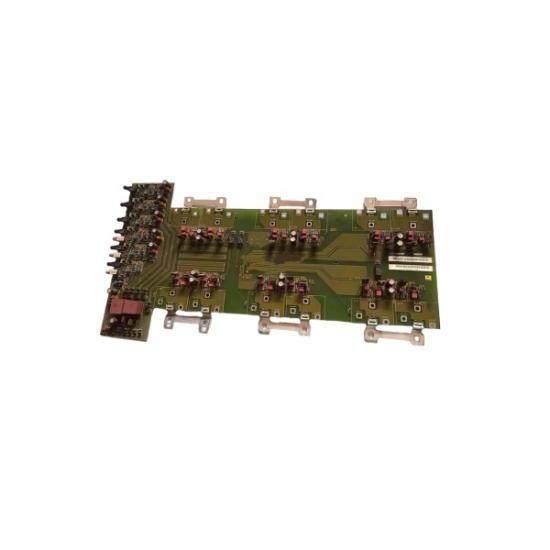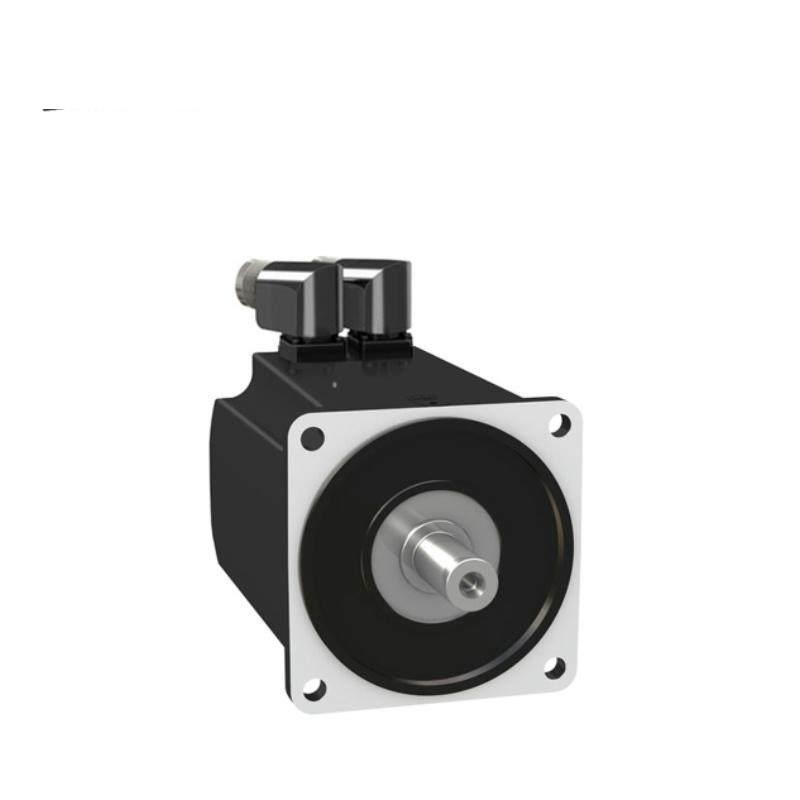The SCHNEIDER NS 100H 3P 100A is a high-performance circuit breaker designed for industrial applications requiring robust protection against overloads and short circuits. It ensures reliable performance in demanding environments.
The SCHNEIDER NS 100H 3P 100A is a high-performance circuit breaker designed for industrial applications requiring robust protection against overloads and short circuits. It ensures reliable performance in demanding environments.
 WhatsApp
WhatsApp
Brand:SCHNEIDER
Model:NS 100H
Phase:3P
Current Rating:100A
Rated Voltage:AC 415V
Breaking Capacity:50kA at 415V
Mechanical Life:10,000 cycles
Electrical Life:10,000 cycles
Mounting Type:DIN rail mounting
Terminal Connection:Screw terminals
Certifications:IEC 60947-2, UL 489, CSA C22.2 No. 143
The SCHNEIDER NS 100H 3P 100A circuit breaker is designed for robust performance in industrial environments. Its compact design and reliable operation make it ideal for use in power distribution panels, machinery, and manufacturing processes. With a rated current of 100A and a breaking capacity of 66kA, this circuit breaker ensures safe and efficient operation even under demanding conditions.
The device is equipped with an insulating plastic arc chute, which helps in extinguishing arcs quickly and safely. This feature enhances the overall safety and longevity of the circuit breaker. The IP20 ingress protection rating ensures that the device is protected against solid objects larger than 12.5mm, making it suitable for indoor installations.
The operating temperature range of -5°C to +40°C makes it adaptable to various environmental conditions. The UL 489 and IEC 60947-2 certifications guarantee compliance with international safety standards, providing peace of mind to users.
Installation is straightforward, thanks to its panel mount design. The dimensions of 54mm (width), 80mm (height), and 63mm (depth) make it easy to integrate into existing systems without requiring extensive modifications. The weight of approximately 0.45kg adds to its ease of handling during installation.

